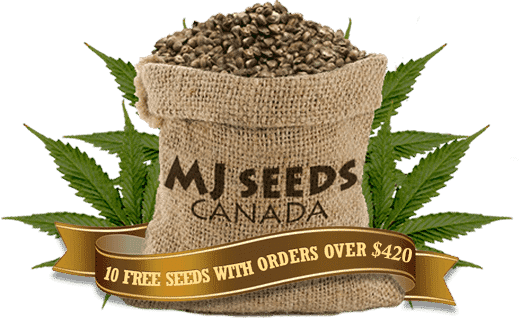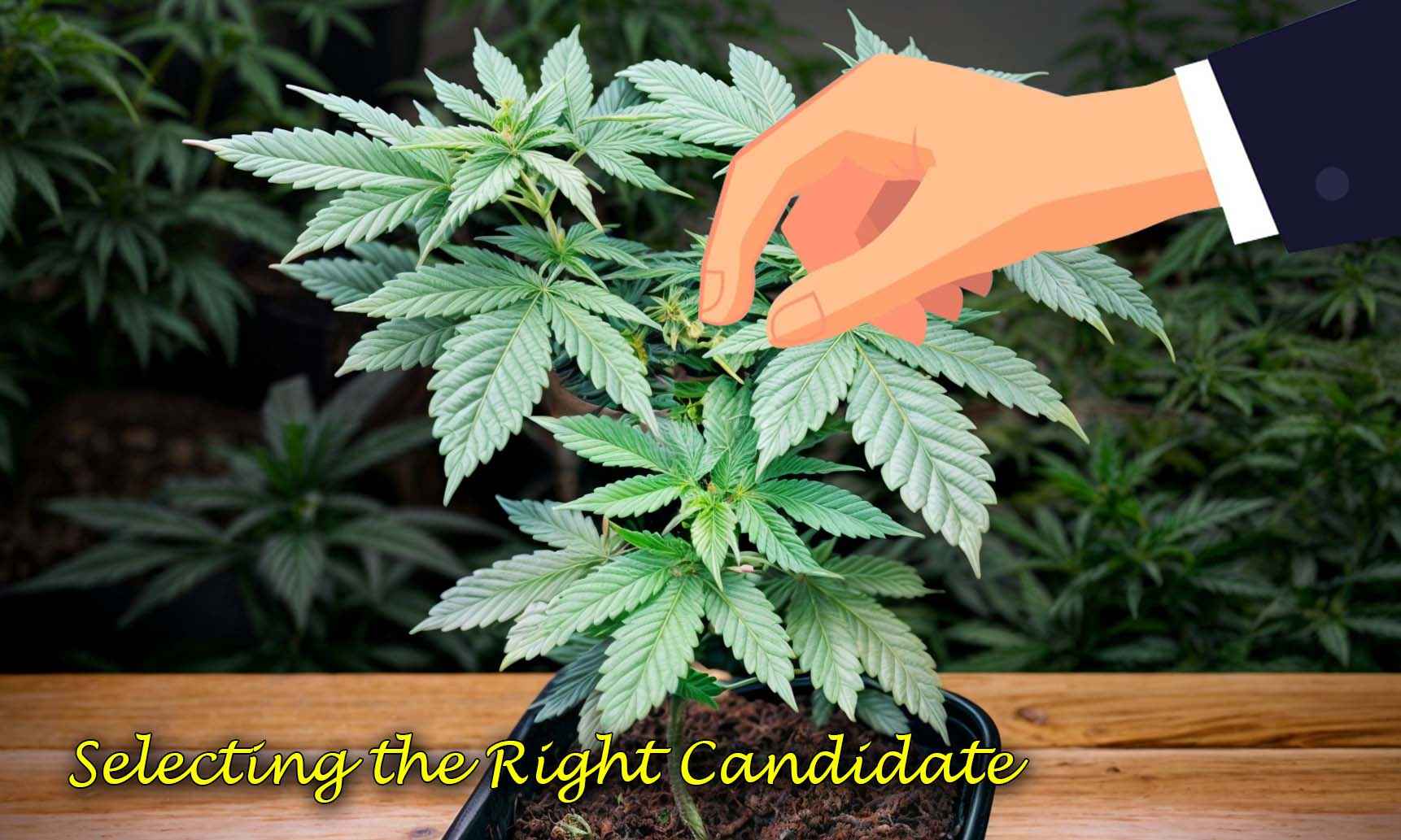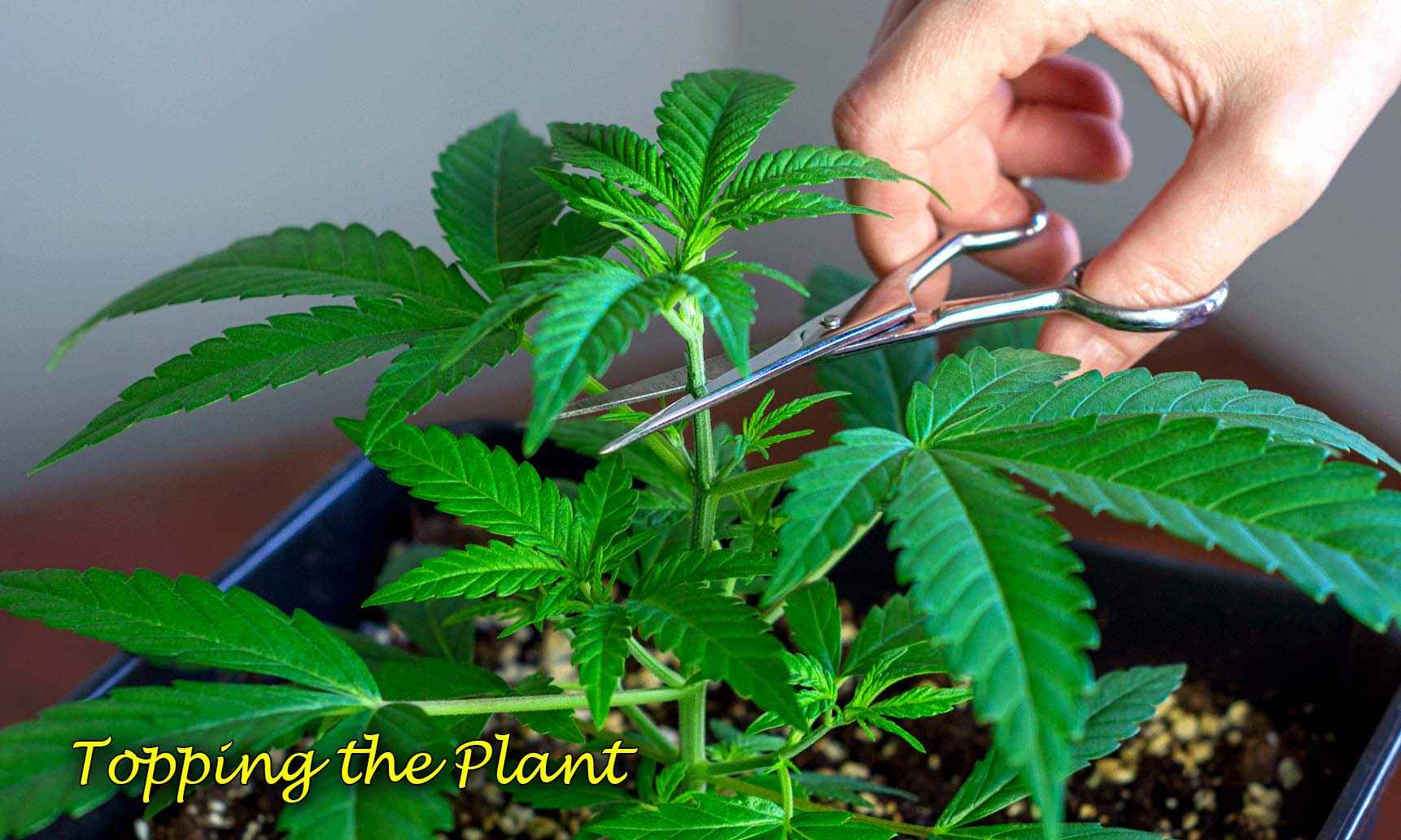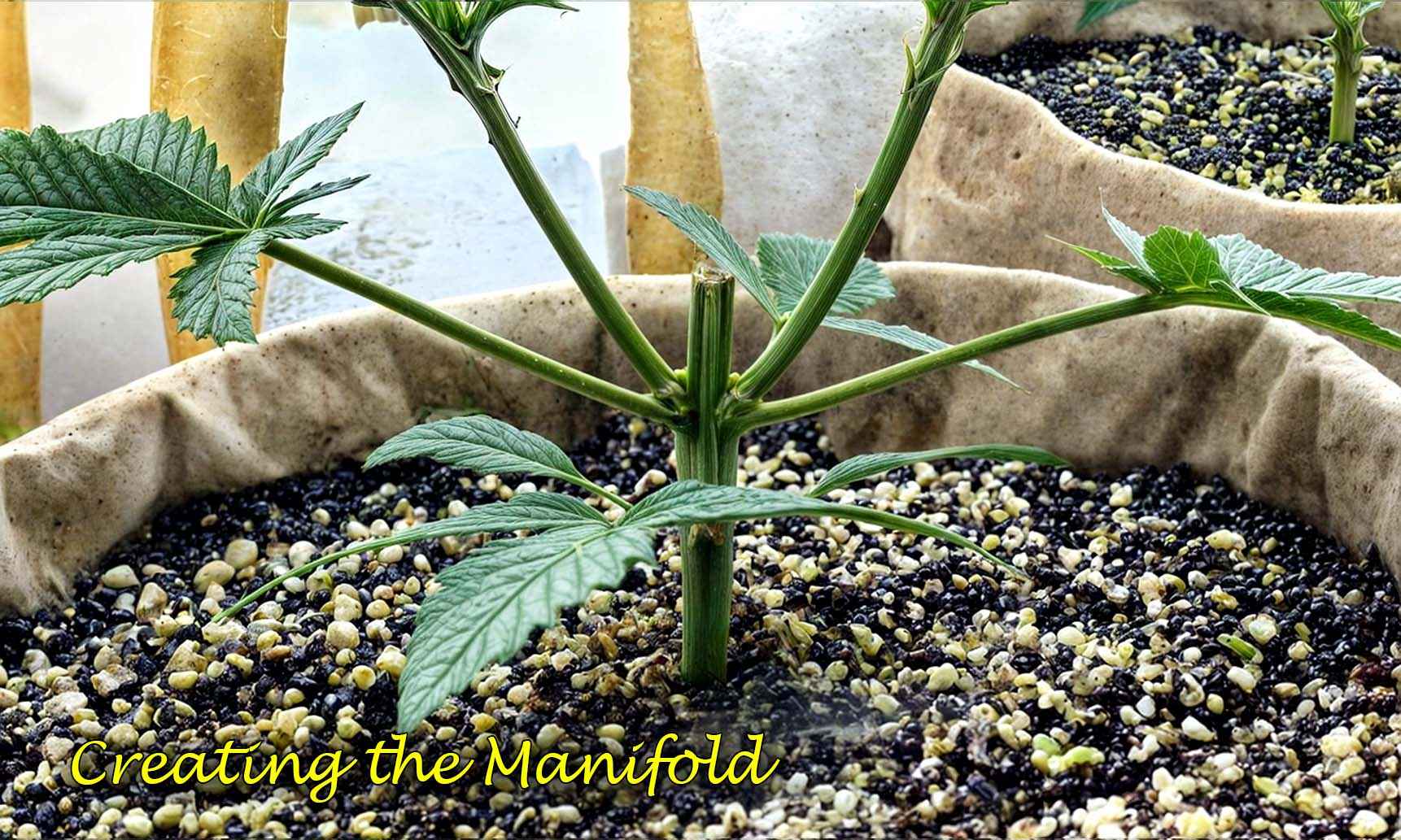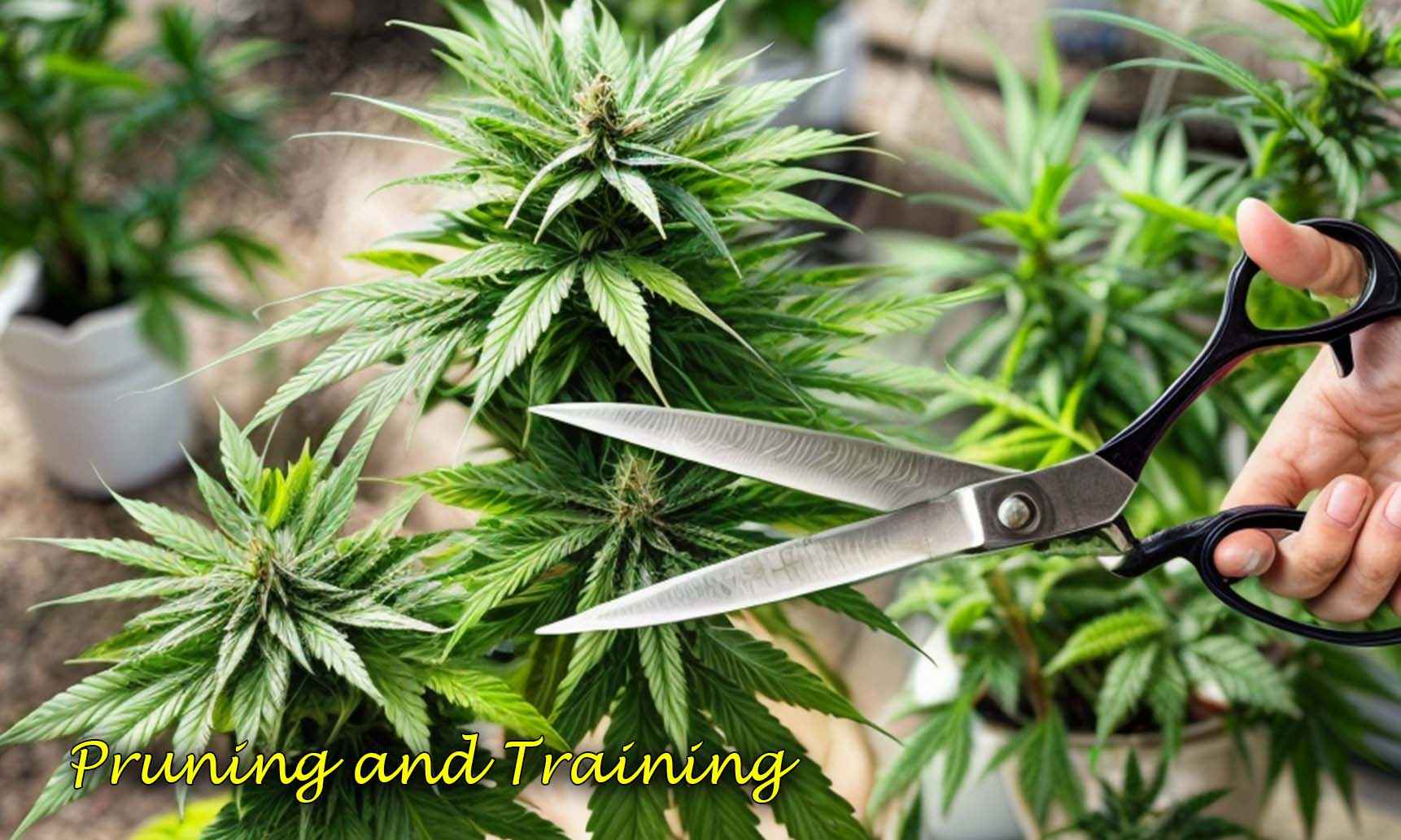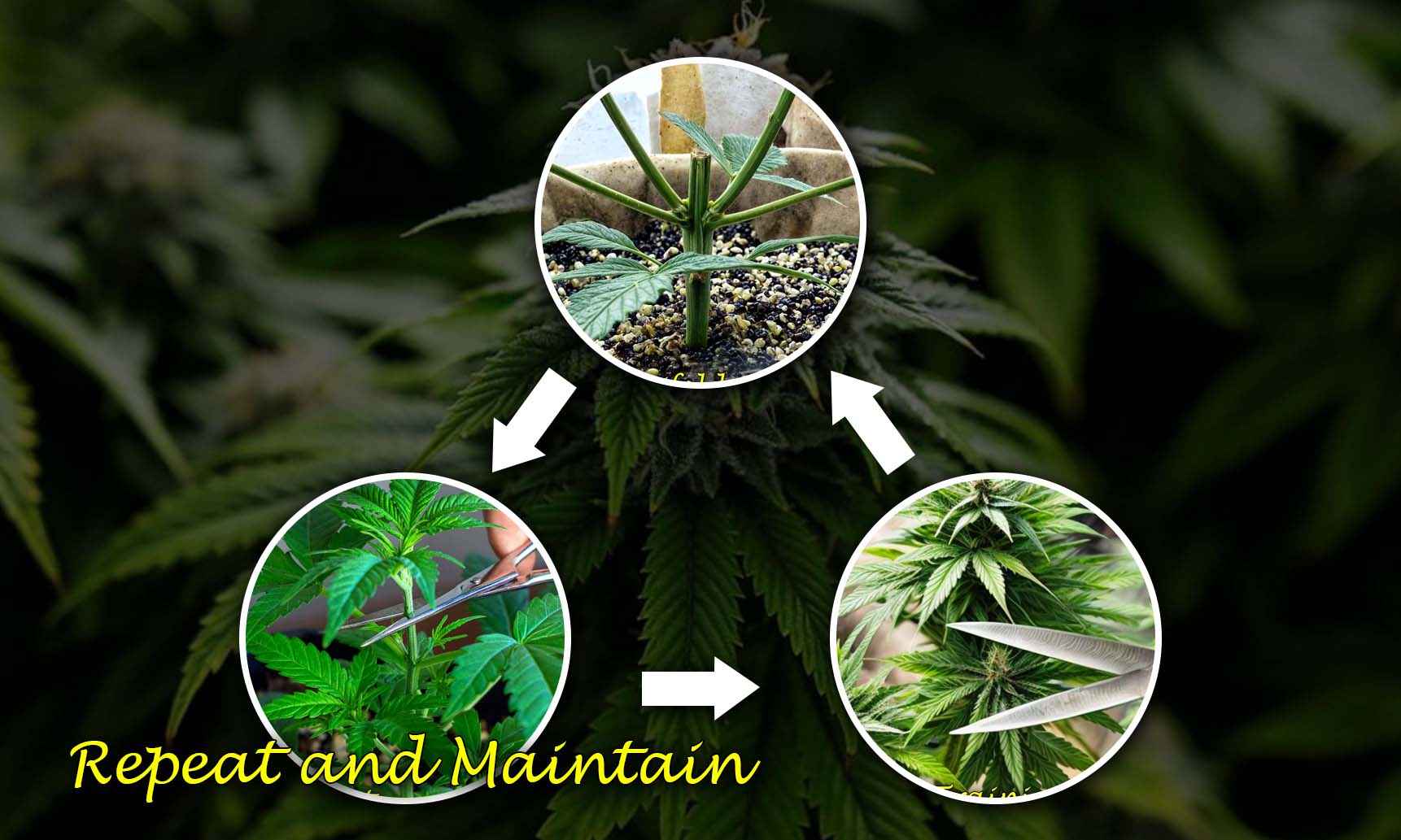Mainlining weed involves guiding the plant’s growth by manipulating its main stems and branches. Cultivators of cannabis use mainlining, also called manifold training, as a way to maximize bud output, control canopy growth, and increase yields.
To achieve a symmetrical plant structure and more reliable and plentiful harvests, this strategy entails selective pruning and training. In this article, we look at every aspect of mainlining weed, including its advantages, methods, and essential success guidelines.
What Is Mainlining?
Mainlining, also known as manifold or symmetrical pruning, is a high-stress training (HST) technique designed to create a balanced and robust cannabis plant structure. The process involves topping the plant at an early stage, followed by systematic pruning and training to encourage the growth of multiple main colas. By manipulating the plant’s growth pattern, mainlining promotes even distribution of light and nutrients, leading to enhanced bud development and overall yield.
The mainlining process typically begins during the vegetative stage when the plant is actively growing. It involves topping the main stem and subsequent branches to promote lateral growth and create a uniform structure. Through meticulous pruning and training, cultivators aim to achieve a symmetrical plant with an even distribution of colas.
Benefits of Mainlining
- Increased Yields: Mainlining allows for the development of multiple main colas, resulting in a higher yield of top-quality buds.
- Improved Canopy Management: By controlling the plant’s growth pattern, cultivators can maintain an even canopy, ensuring optimal light penetration and airflow.
- Enhanced Bud Quality: Mainlining encourages the production of large, dense buds by maximizing the plant’s energy resources and focusing growth on primary flowering sites.
- Efficient Use of Space: With a well-structured plant, growers can maximize their growing space, whether indoors or outdoors, leading to higher productivity per square foot.
When should I start mainlining?
The ideal time to start mainlining your cannabis plants depends on their growth stage and overall health. Typically, mainlining is performed during the vegetative stage when the plant is actively growing and has developed several sets of true leaves. This stage usually occurs around 3-4 weeks after germination for most cannabis strains.
Once your plant has established a sturdy main stem and multiple sets of nodes, you can begin the mainlining process by topping the plant and selecting the main branches for training. It’s important to ensure that the plant is healthy and vigorous before initiating any high-stress training techniques like mainlining.
It’s also essential to consider the specific requirements of your chosen strain, as some varieties may respond differently to mainlining and may require adjustments in timing and technique. Additionally, factors such as environmental conditions, nutrient availability, and overall plant health can influence the timing of mainlining.
Step-by-Step Guide to Mainlining Weed Plants:
- Selecting the Right Candidate
Begin by choosing a healthy cannabis plant with strong genetics and vigorous growth characteristics. Opt for a plant with multiple nodes and sturdy branches, as these will provide the foundation for mainlining.
- Topping the Plant
Once the plant has developed several sets of true leaves, carefully remove the apical meristem (top growth) using sharp, sterilized scissors or pruning shears. This process encourages lateral growth and stimulates the development of multiple main colas.
- Creating the Manifold
After topping the plant, allow it to recover for a few days before proceeding with the next step. Once new growth emerges from the topped nodes, identify the two strongest and most symmetrical branches below each topping site. These will serve as the primary branches of the manifold.
- Pruning and Training
With the main branches selected, carefully remove any lower growth and side shoots that do not contribute to the desired structure. Use soft plant ties or gardening wire to gently bend and train the main branches outward, creating an even canopy.
- Repeat and Maintain
As the plant continues to grow, repeat the topping, pruning, and training process to encourage the development of additional main colas. Aim for a symmetrical structure with an even distribution of branches and bud sites.
Tips for Successful Mainlining
- Start Early: Begin mainlining during the early vegetative stage when the plant is still flexible and responsive to training.
- Be Patient: Mainlining requires time and precision. Avoid rushing the process and allow the plant to recover between pruning sessions.
- Maintain Sterile Tools: Use clean, sharp tools to minimize the risk of infection and promote faster healing after pruning.
- Monitor Nutrient Levels: Adjust nutrient formulations according to the plant’s changing requirements during different growth stages.
- Adapt to Individual Plants: Each cannabis strain may respond differently to mainlining. Observe how your plants grow and adjust your techniques accordingly.
Conclusion
Mainlining cannabis offers cultivators a systematic approach to maximizing yields, quality, and efficiency. By implementing strategic pruning and training techniques, growers can sculpt their plants into symmetrical structures with multiple main colas, resulting in bountiful harvests of premium-quality buds. With patience, dedication, and attention to detail, mastering the art of mainlining can elevate the cultivation experience and produce exceptional results.
Frequently Asked Questions
1. What is main lining cannabis?
Mainlining cannabis is a high-stress training (HST) technique where growers trim and train the plant to grow evenly, creating a balanced canopy with many big buds. This boosts the amount and quality of the harvest.
2. Why should I mainline my cannabis plants?
Mainlining has many advantages. It boosts yield, enhances bud quality, and creates an even canopy. This technique ensures that light and nutrients are evenly distributed, resulting in denser, more potent buds with better flavor.
3. When is the best time to start mainlining my cannabis plants?
Start mainlining your plants during the vegetative stage, usually 3-4 weeks after they sprout. By then, they have strong stems and many leaves, which is perfect for pruning and training.
4. Is cannabis mainlining suitable for all cannabis strains?
Mainlining can work for many cannabis strains, but it’s important to think about each strain’s unique needs. Some types might react differently to mainlining and might need changes in when and how it’s done.
5. How long does it take to see results from mainlining?
The outcomes of mainlining can differ based on strain genetics, growing conditions, and the grower’s skill level. Typically, growers should notice changes within a few weeks to a month after starting mainlining, and they’ll see better yields and bud quality as time goes on.
